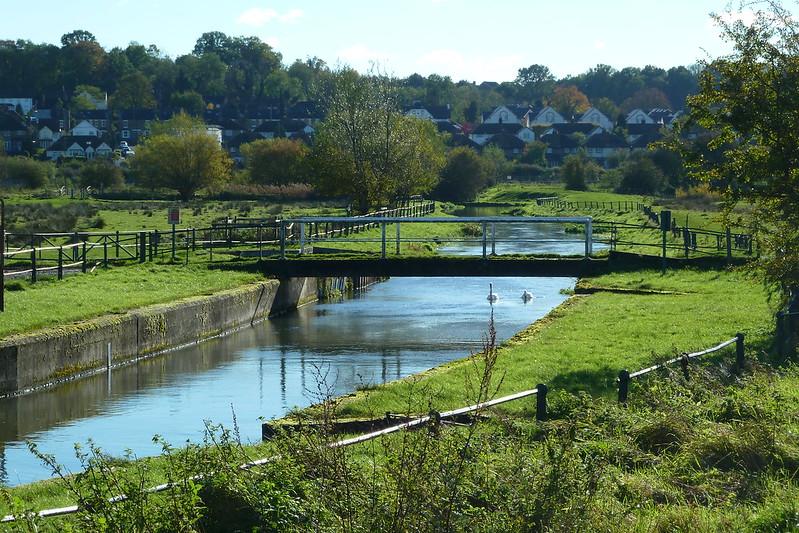Privatization, Part I: International Water Infrastructure
Internationally, a procession of water giants began to surface: Suez, Veolia, and Thames were among them. The dissolution of land-based commons (and with it, appropriation of many peoples sustenance) was perceived essential for the industrial revolution to provide the amount of “natural resources” to process raw material into industry. Commoditization of land, water, forests, fisheries, seeds, and knowledge had propelled a particular logic of privatization which would later become a crucial aspect of free trade ideology.

Source: Image via Flickr, Jayembee69
“The rapid growth of nineteenth-century cities quickly overwhelmed the historic reliance on wells, water vendors and other sources and led to the introduction of centralized water supply systems in, for example, Paris in 1802, London in 1808 and Berlin in 1856. Yet this shift towards more elaborate systems of water supply introduced new tensions over how the costs of these infrastructure projects would be borne.”
From “Water, Sanitation and the Modern City: Colonial and Post-colonial Experiences in Lagos and Mumbai,” by Matthew Gandy, 2006. (H.D.R.O. Occasional paper for Human Development Report, United Nations Development Programme), pg 6.
COLONIAL WATER LEGACY
“Colonial history has left a stamp on the structure of water systems in developing countries. For example, in the ex-British colonies, water was seen as a right. The ex-French colonies adopted the French model of involving the private sector in providing water services. It is even argued that the current problems of water supply in certain developing country cities cannot be understood without reference to the historical development starting from the colonial era.”
From “Privatization of Water: A Historical Perspective,” by Naren Prasad, Law, Environment and Development Journal (LEAD), Volume 3/2, 2007, p. 223.
“Veolia Environnement is the world’s largest water and sewer service corporation, serving 95 million people with drinking water and 68 million people with sewer service globally. In 2010, the Paris-based multinational made €35 billion in revenue — more than a third of which came from its water operations — amounting to €581 million in net profit for its owners.”
“Veolia’s roots are firmly French. In 1853, the company took form under the name Compagnie Générale des Eaux to manage water systems in France. In the 1980s, after more than a century as mainly a regional water provider, the company began a period of marked international expansion. By the end of the 20th century, it had transformed into a multinational media conglomerate called Vivendi.”
From Veolia Environnement: A Profile of the World’s Largest Water Service Corporation, Food and Water Europe, 2011.
“While most human societies and civilizations have traditionally recognized the water commons, our modern world is rapidly moving in the opposite direction by commodifying water as a product to be bought and sold in the marketplace. Instead of viewing water as a lifegiving source, it is considered an economic good or commodity to be sold in the market. And once the market becomes the mechanism for the distribution of water, it is available to those who have the ability to pay, rather than universally available to all people and nature.”
Contesting Water Rights: Local, State, and Global Struggles by Mangala Subramaniam (Palgrave Macmillan US, 2018).
Further Reading
“Water Privatization,” by Maude Barlow and Tony Clarke via Global Policy Forum, 2004.
“Water Privatization: Facts and Figures,” Food and Water Watch, 2015.
Urge Congress to support the Water Act, Food and Water Watch


